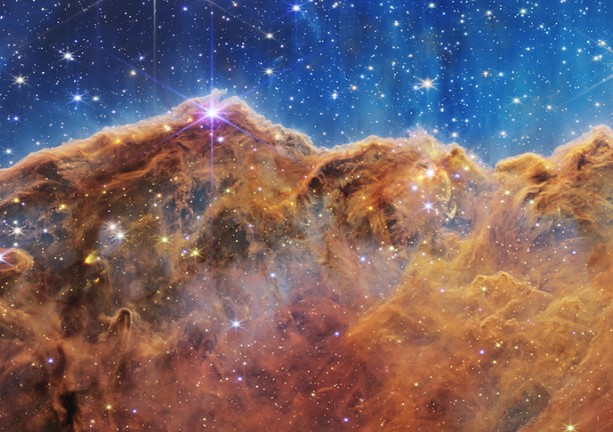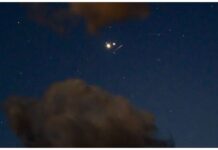Nearly seven months after leaving Earth and traveling a million miles to its orbital home, the James Webb Space Telescope is fully commissioned and sending back images captured from deep space. The first image released Monday shows a field of thousands of galaxies, including the faintest objects ever observed. Four additional images were released Tuesday, setting off a new era of astronomy and building on the observations from Webb’s predecessor, the 32-year-old Hubble Space Telescope.
“Today is an historic day” President Joe Biden said Monday evening at the first image’s unveiling. “The first image from the Webb Space Telescope represents a historic moment for science and technology, for astronomy and space exploration.”
The $10 billion observatory was designed to perceive light from the infrared spectrum. The Webb’s capabilities will help astronomers peer into star-forming dust clouds and detect ancient, faint heat from galaxies that formed 100 million years after the Big Bang. These studies could provide clues about how the first stars formed and how chemical signatures from exoplanets could point to the building blocks of life.
This image, released Monday, was the first flex of Webb’s infrared power. Captured with the Near-Infrared Camera (NIRCam), the deep field photo of galaxy cluster SMACS 0723 is a composite of images at different wavelengths, taken over a period of 12-and-a-half hours. In comparison, the Hubble Space Telescope’s deep field took weeks to process.













